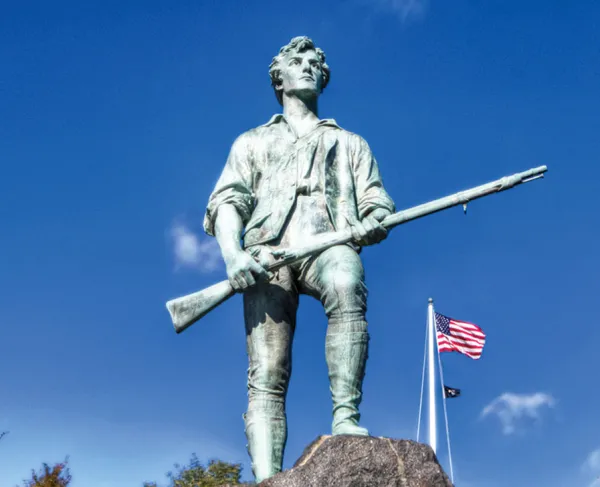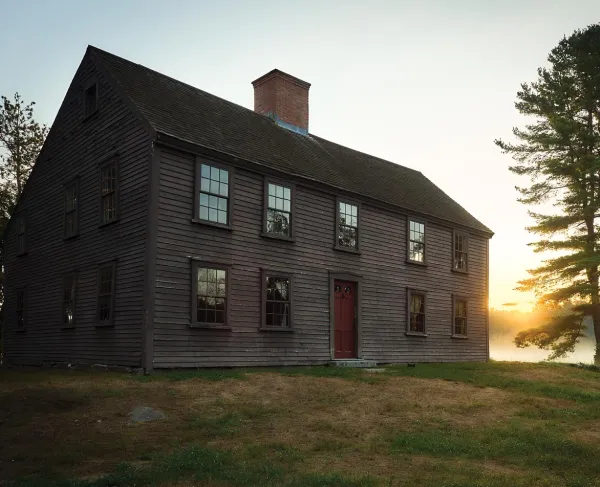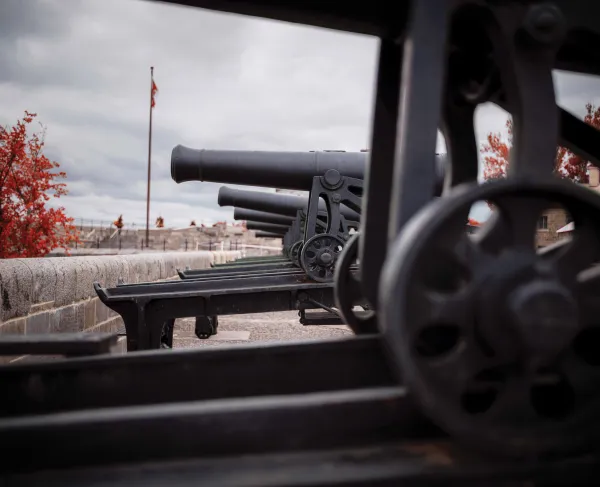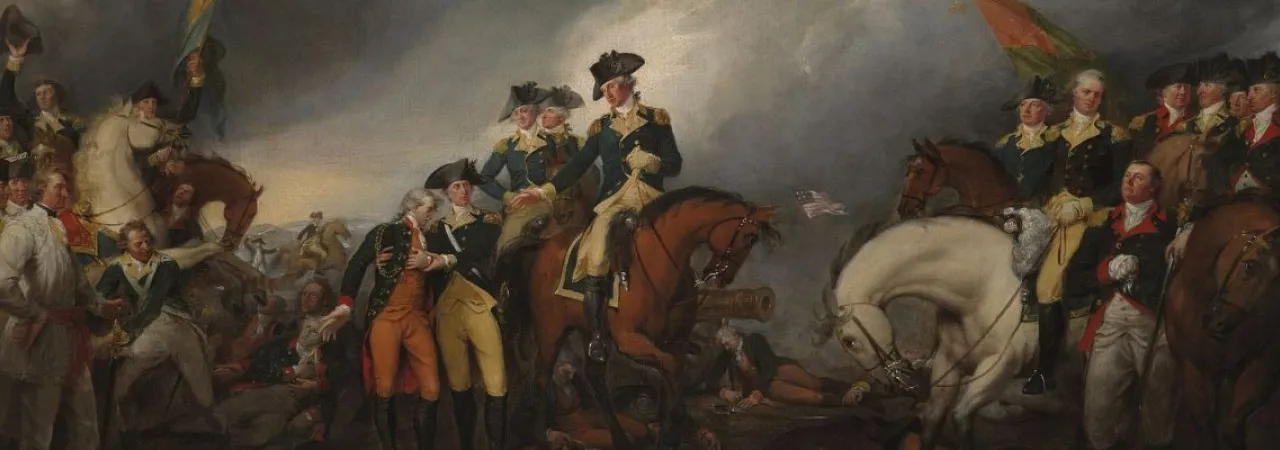
1. The Enlightenment shaped the Declaration of Independence and the American Revolution
The greatest influence over the thoughts, passions, and actions of the era’s leading figures was the Enlightenment. This intellectual movement found its origins with the development of science and art that challenged the authority that established religion, such as the Catholic Church, and monarchial regimes held over enacting laws and influencing political decisions that affected society. The seventeenth century saw the expansion of science as figures such as Galileo and Isaac Newton helped shape the concepts of logic and reason. The development of the printing press and the influx of books and access to libraries created the new focus of obtaining knowledge for personal use. Coupled with these developments, the English citizen held the beliefs of individual liberty, a distinctly Anglo creation that citizens held certain rights that governments could not infringe upon. Natural rights, a concept by philosopher John Locke, poised that people are born with certain rights that come from God, and that governments have no authority to revoke them. British common law stipulated that British subjects had a natural right to free speech, trial by jury or one’s peers, petitioning the government over grievances, fears of government-controlled standing armies, and a right to defend one’s private property.
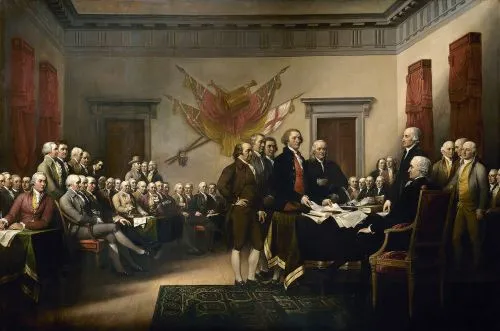
The ideas of “no taxation without representation” and “life, liberty, private property, and the pursuit of happiness” were concepts that saw popularity among the colonists who favored challenging British aggression. Among these patriots, Samuel Adams, Patrick Henry, John Adams, Thomas Paine and George Mason sought to enact these principles in ways that would define how the colonists viewed themselves. It was Thomas Paine who acted first, publishing Common Sense in January 1776. At a time when most literate citizens read only the Bible, Paine used biblical language to define the necessity in removing the yoke of British sovereignty. In June 1776, Mason drafted the Virginia Declaration of Rights that stated, among other principles, that, “all men are by nature equally free and independent and have certain inherent rights....” Further north in Philadelphia, Thomas Jefferson, a delegate of the Second Continental Congress, and among a committee to draft a proposal that could sum up fellow delegate Richard Henry Lee’s resolution for independence, wrote down the thoughts and principles of the era in what would become the American Declaration of Independence. With editing assistance from Benjamin Franklin and John Adams, Jefferson’s revised draft found its way to Congress on June 30. It was voted on July 2nd, and passed. Two days later On July 4, after additional edits, the declaration was adopted. The United States of America, founded on the principles of the Enlightenment, had been born.
2. African-Americans were not invisible during the Revolution
It is often lost on us how crucial — and integral — African-Americans have been to our history from the very beginning. The first real shots of the American Revolution, at Boston on the night of March 5, 1770, saw rebel rouser Crispus Attucks fall to British musket fire. Divisions among the British and Patriots were not only shared by white citizens. Black residents, both free and enslaved, sought to advance their beliefs through which side — and its cause — could best deliver. Look closely at nearly every major engagement from the war, and you will be hard-pressed to not find black Americans involved in it’s telling. Lexington and Concord, Bunker Hill, Trenton, Rhode Island, Saratoga, Yorktown; all of these battles involved American soldiers who were of African descent. Within these battles, and many other smaller ones, we find the names of real people who made a difference. Agrippa Hull, Thomas Peters, Peter Salem. We find names like the Bucks of America and the Black Brigade. We see that decisions were often made based on hope, opportunity, and self-interest. And we see that without their contributions, American history would be entirely different.
Learn more here.
3. Ten Crucial Days (December 24, 1776 - January 3, 1777)
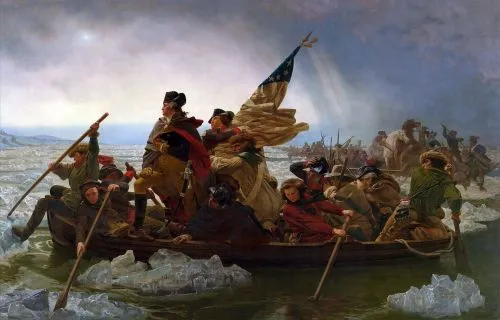
If there is one stretch of days in American history in need of a Hollywood blockbuster, it would most certainly be the ‘ten crucial days’ at the end of 1776. At any moment, things could have deviated, and the outcome could have spelled disaster for American independence. Having been badly defeated in the New York area, Washington’s Continental army limped across New Jersey and settled in eastern Pennsylvania on the banks of the Delaware River. Across the water, the British had taken the entire Jersey interior, and stocked the outpost at Trenton full of Hessian mercenaries. Most of the Continental army was set to return home in a few days when their enlistments expired at the end of the year. Without an army, the war would be “pretty much up.” Washington needed a miracle. He received several in the span of ten days with the victories at Trenton and Princeton. The American Cause had been saved, for now. There is no other way to frame it: this was our country’s darkest hour.
Learn more here.
4. Strategy and its Cause and Effects
The Revolution saw competing ideologies of government-rule while also highlighting the evolving nature of military planning and strategy during the eighteenth century. The British, seasoned in European warfare, assumed early on that the sheer size of their army and naval forces would be enough to intimidate any rebels into submission. They completely underestimated how to handle an insurgency, and that the American countryside was vast, open, and nearly impossible to control with an army. Strategies among members of Parliament often clashed with field commanders in North America, and even fellow British generals would undercut one another for career advancement at the expense of winning the war. Squabbling and political factions also jeopardized the American effort as well. The Continental Congress had limited authority to impose any direction, and the Continental army was full of jealous officers who sought to enhance their stations over the objective of winning the war. It was Washington who reluctantly settled on the main purpose of his army: don’t lose the war. If the Continental army could hang on, and outlast the British, maybe the British government would lose its appetite for war, and accept American independence.
Learn more here.
5. Foreign Assistance: Aiding the American Cause
One of the most unrecognized aspects of the American Revolution is that it truly was a world war that encompassed several European nations at once. The British hired German mercenaries, the Hessians, to do their bidding in North America. Meanwhile, the Continental Congress desperately sought the support of France and Holland. Among the foreign combatants who assisted the Americans, perhaps no one gave more than Gilbert du Montier, the Marquis de Lafayette. Many other French army and naval commanders joined the American Cause, as well as several Polish soldiers like Tadeusz Kosiuszko and Casimir Pulaski. And we cannot forget Friedrich von Steuben, the Prussian officer who would successfully train and whip the Continental army into shape during the winter at Valley Forge in 1778.
6. Benjamin Franklin: chief diplomat and America’s original celebrity
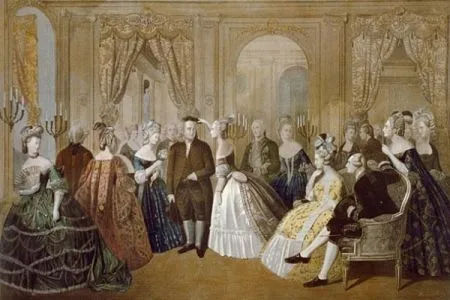
At a time before the term celebrity had any real meaning, there was one American who wore it with his charismatic personality and infectious wit. While George Washington would emerge from the war as America’s greatest hero, Benjamin Franklin entered the war as America’s most celebrated citizen. A successful printer, who went on to dabble in electricity and other scientific inquiries, Franklin served over a decade in London as chief diplomat to the colonies. When his bid to strike a truce with Parliament disintegrated into being publicly ridiculed, Franklin returned to Philadelphia as a staunch Patriot. After assisting in drafting the Declaration of Independence, he set sail for the Court of King Louis XVI in Paris, where he would wine and dine the French aristocracy into gaining support for the United States. Well-liked among the French, and respected for his “American ruggedness,” his diplomatic experience proved crucial in obtaining a badly needed ally during the war.
7. Women in the Revolutionary War
One question that always seems prevalent when reading about the Revolution is, “Where are all the women?” Well, they were everywhere, actually. It is true that many stayed home and ran the household. This was appropriate for the eighteenth century. However, others could not afford to simply “stay put” while their husbands went off to war. So they followed them. Yes, women, and even their children, were among the American and British army encampments throughout the war. Wives lobbied to cook and wash clothes for soldiers. Other women served as concubines and prostitutes. Others even took up arms as soldiers. Deborah Sampson disguised herself as a man, and served in the 4th Massachusetts Regiment. Though it was illegal for women to serve in military units, some were on the battlefields in the middle of fighting, offering medical and other assistance where necessary. The stories of Margaret Corbin and Mary Hays speak of this. We tend to remember Abigail Adams’ line, “remember the ladies,” to her husband John, but we cannot dismiss or forget that women were in the middle of the war too, often as fiercely loyal or patriot as their male counterparts.
8. Benedict Arnold: America’s true story of deception
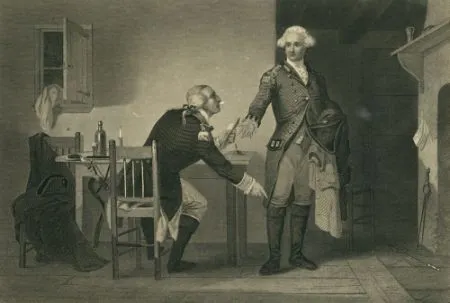
There is perhaps no other figure that draws the jeers from American historians more than Benedict Arnold. What makes his story so interesting, not just because his life was a Shakespearean tragedy, is that it shows the competing interests that were often at play during the American Revolution. What’s most enrapturing is how you struggle to fight off sympathy for the military leader, even after his treasonous plot unravels into disaster. Oh, that Peggy Shippen!
9. The war did not end at Yorktown in 1781; 1782 was a bloody partisan war in many parts of the continent.
One of the biggest misconceptions readers usually have about the American Revolution is that things ended after the British surrender at Yorktown, Virginia in October 1781. Our minds imagine someone hitting the ‘off switch’ of war when the British colors were presented to American general Benjamin Lincoln. This, of course, is not the case. 1782 was mixed with optimism and anchored in bloody conflict. While news of Yorktown was surely welcomed throughout the continent by Patriots and their supporters, other Americans who had been British Loyalists received the news with bitter resentment. For them, the thought of the British abandoning North America sent them into acts of vengeance and terrorism. South Carolina, in particular, saw a rise in hostile incidents where warring neighbors bearing opposing allegiances lay siege to each other’s property. Houses and barns were burned, and families were harassed. Local newspapers reported on the plundering by partisan raiders that took the lives of dozens.
Learn more here.
10. 1783: George Washington cements his legacy as the most important Founding Father
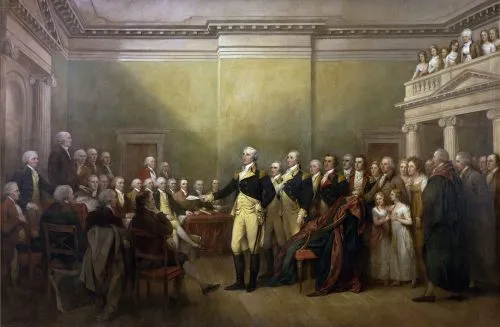
If the American Revolution created the modern idea of self-government, it surely produced leaders who could enact those principles for others to follow. Once again, we come to George Washington. For all that has been said and written about America’s favorite Founding Father, it was the two events of 1783 that forever put his name on the mantel of American greatness. First, in March 1783, Washington had to stop his senior officers in the Continental Army from committing a usurpation of power during the Newburgh Conspiracy. And then, in December 1783, with the war won, Washington resigned his commission as the commander in chief of the American armed forces. By relinquishing power, Washington forever set the example that power would come from the citizens in the United States of America. It would not be hereditary or permanent among the ruling class like the monarchies of Europe. It was his greatest act of leadership of his lifetime and fulfilled the promise of the American Revolution.
Learn more here.
Related Battles
93
300
450
1,054
515
18
5
905
330
1,135
181
260
5,506
258
90
1,018
149
868
389
8,589
